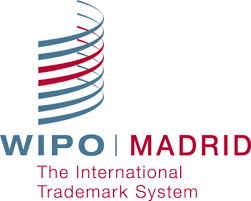Listserv members will all recognize Rick Neifeld’s name. He is a regular contributor to the listservs on many topics including PTAB topics. Rick lives and breathes the world of the PTAB.
We are all used to the idea that an Inter Partes review proceeding before the PTAB can be very scary for a patent owner — much more scary than a trip to a federal district court. The IPR proceeding moves along super-fast and almost before you can sneeze, the patent has been destroyed. From the beginnings of the IPR system in 2013, there was supposedly a mechanism by which the patent owner might possibly amend the claims and preserve at least some portion of the patent scope rather than losing everything. But the brief window of time during which the patent owner might try to do this would come and go in the blink of an eye. This and other aspects of the IPR system led some observers to characterize the PTAB as a “patent death squad”.
On October 4, 2017 the Federal Circuit handed down a decision (Aqua Products v. Matal, read the opinion here) that talks about how the PTAB is supposed to do its job. Among other things the decision shifts the burdens among the players in a PTAB proceeding as to whose job it is to establish the patentability or unpatentability of claims presented during an IPR claim amendment.
This might seem like a super-picky narrow topic that could only be interesting to the small handful of practitioners (of whom Rick is one) who live and breathe the world of the PTAB. But Aqua’s impact extends to all types of patent disputes, including strategy and tactics related to court proceedings and USPTO proceedings.
Rick will be moderating two webinars which are intended to explore the impact of Aqua. Here are signup links to the two webinars:

 A member of
A member of 

 It will be recalled that on September 1, 2017 the search fee paid by US filers of PCT applications for the EPO searching authority increased from $1992 to $2099. Now it has been announced that on December 1, 2017 this fee will increase again, this time to $2238.
It will be recalled that on September 1, 2017 the search fee paid by US filers of PCT applications for the EPO searching authority increased from $1992 to $2099. Now it has been announced that on December 1, 2017 this fee will increase again, this time to $2238. 